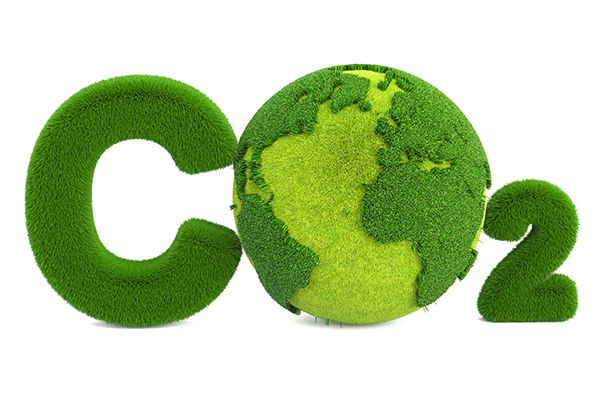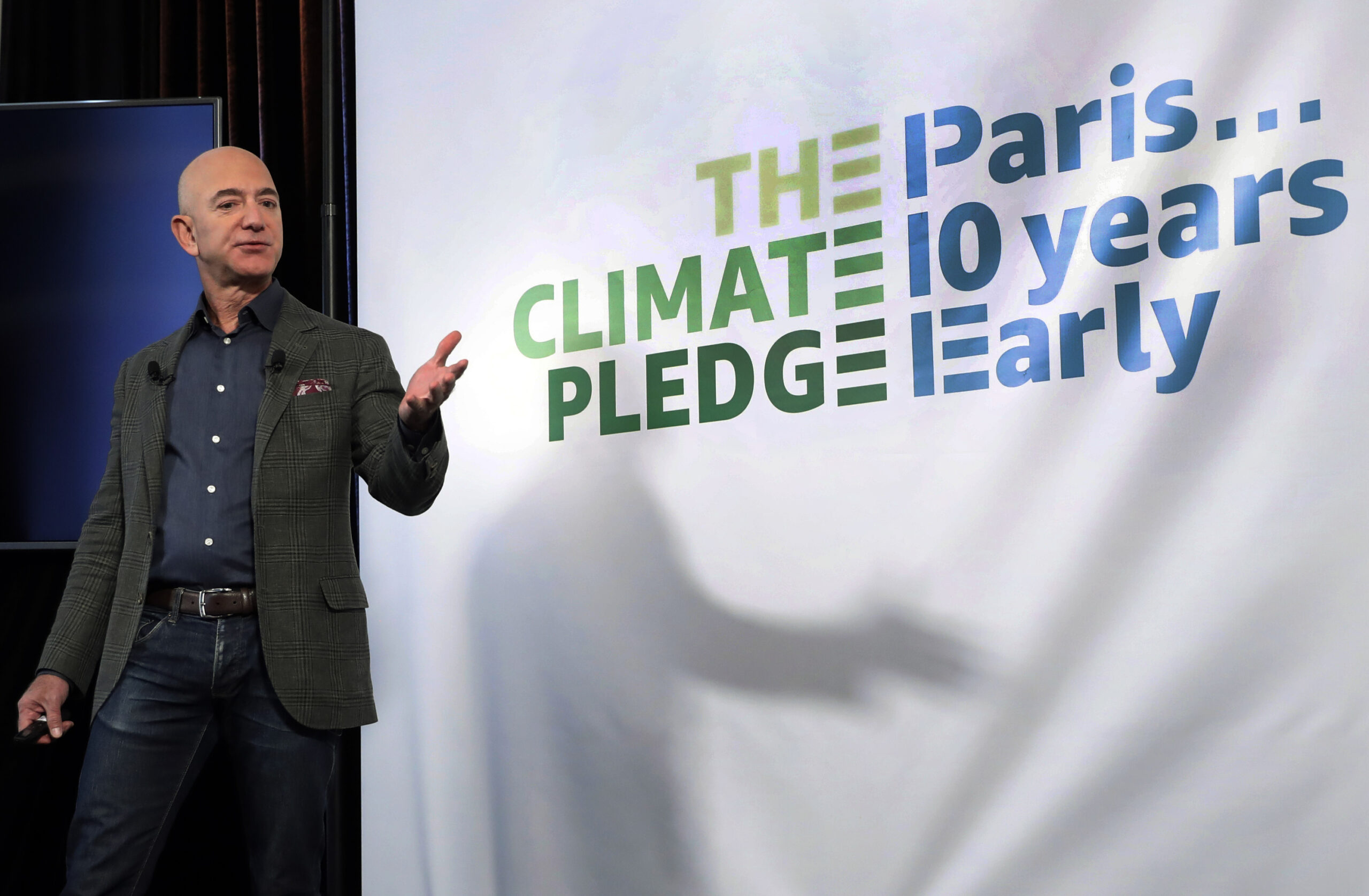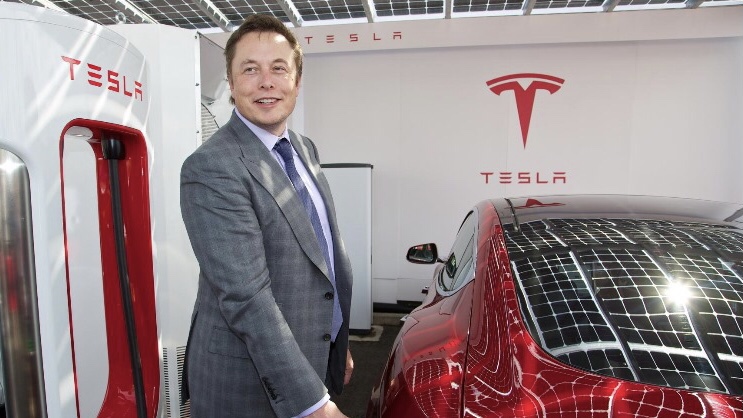Ensuring a secure transition to net zero emissions will require increased efforts to expand and diversify global production of solar panels whose global supply chains are currently heavily concentrated in China, the IEA said in a new special report released .
Chinese industrial and innovation policies focused on expanding solar panel production and markets have helped solar PV become the most affordable electricity generation technology in many parts of the world. However, this has also led to imbalances in solar PV supply chains, according to the IEA Special Report on Solar PV Global Supply Chains, the first study of its kind by the Agency.
Global manufacturing capacity for solar panels has increasingly moved out of Europe, Japan and the United States over the last decade and into China, which has taken the lead on investment and innovation. China’s share in all the key manufacturing stages of solar panels exceeds 80% today, according to the report, and for key elements including polysilicon and wafers, this is set to rise to more than 95% in the coming years, based on current manufacturing capacity under construction.
“China has been instrumental in bringing down costs worldwide for solar PV, with multiple benefits for clean energy transitions,” said IEA Executive Director Fatih Birol. “At the same time, the level of geographical concentration in global supply chains also poses potential challenges that governments need to address.
Accelerating clean energy transitions around the world will put further strain on these supply chains to meet growing demand, but this also offers opportunities for other countries and regions to help diversify production and make it more resilient.”
Meeting international energy and climate goals requires the global deployment of solar PV to grow on an unprecedented scale. This in turn demands a major additional expansion in manufacturing capacity, raising concerns about the world’s ability to rapidly develop resilient supply chains.
For example, annual additions of solar PV capacity to electricity systems around the world need to more than quadruple by 2030 to be on track with the IEA’s pathway to reaching net zero emissions by 2050. Global production capacity for the key building blocks of solar panels – polysilicon, ingots, wafers, cells and modules – would need to more than double by 2030 from today’s levels and existing production facilities would need to be modernised.
New Report By IEA finds that new solar PV manufacturing facilities along the global supply chain could attract USD 120 billion of investment by 2030. And the solar PV sector has the potential to double the number of PV manufacturing jobs to 1 million by 2030, with the most job-intensive areas in the manufacturing of modules and cells.
Created in 1974 to ensure the security of oil supplies, the International Energy Agency has evolved over the years. While energy security remains a core mission, the IEA today is at the center of the global energy debate, focusing on a wide variety of issues, ranging from electricity security to investments, climate change and air pollution, energy access and efficiency, and much more.
Discover more from Green Innovation News
Subscribe to get the latest posts sent to your email.





